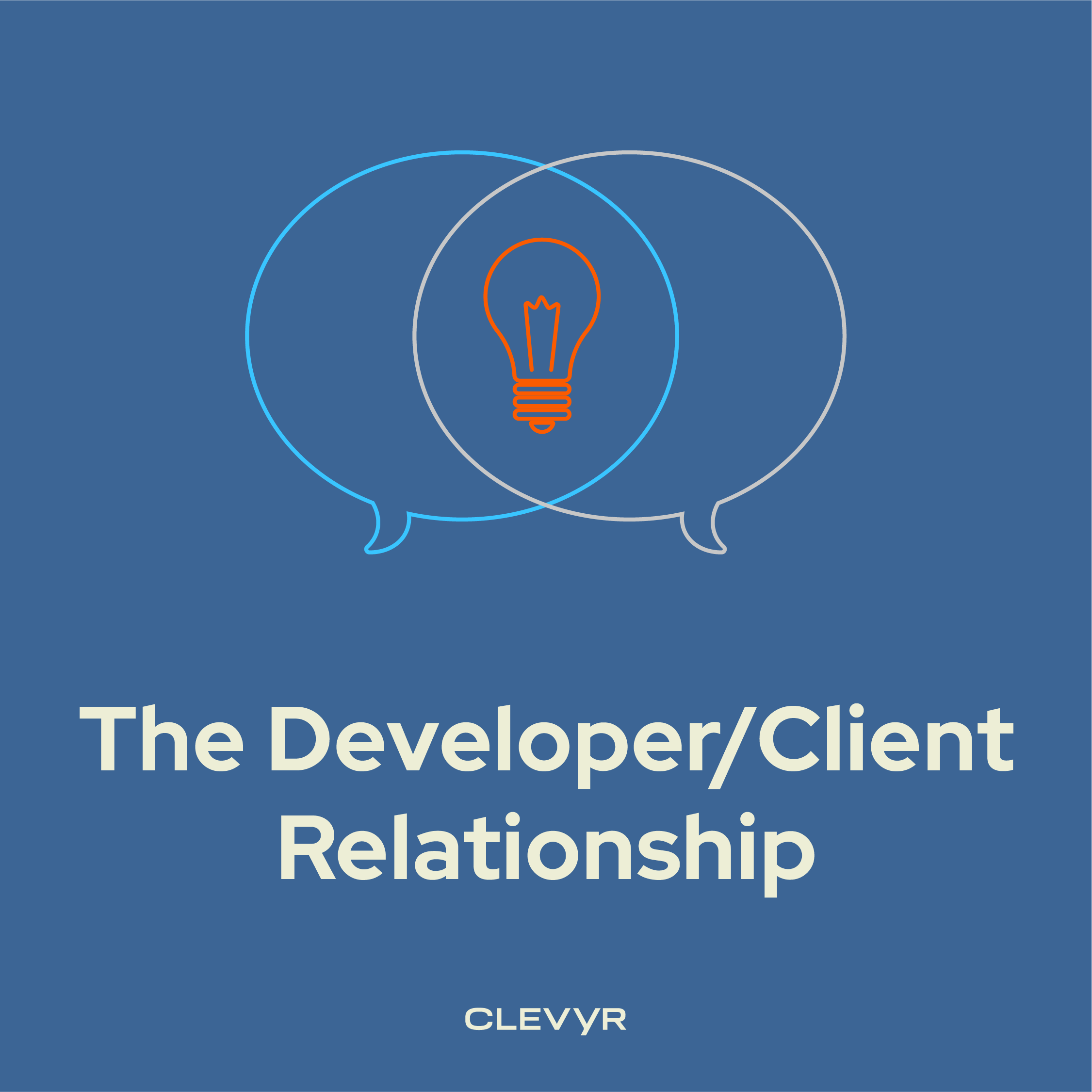It’s August! You can’t walk into a store or drive past a school without being reminded that kids are headed back to class. For most of us at Clevyr, our own school days are firmly in the past—and for some, even our kids’ school days are behind us. We may not all be hunting for the perfect backpack or stocking up on hand sanitizer this month, but we are thinking about learning.
At Clevyr, two of our core values—Relentless Innovation and Technical Excellence—are grounded in the idea of continuous improvement. We don’t just want to do our work—we want to do it well. That requires curiosity, feedback, and a deep respect for process. We approach every project like an opportunity to grow, and every challenge like a chance to sharpen our tools.
You might be thinking, “Ok, cool—so… stay on top of your code?”
Sure, that’s part of it. But if you think continuous improvement is just a developer’s job, keep reading.
Continuous Improvement Isn’t Just for Code
The spirit of continuous improvement can be applied to anything—from baking chocolate chip cookies to packing a suitcase to how long those standups should actually be. It’s the simple but powerful idea that small, thoughtful changes lead to better outcomes over time. It can be informal (“I think I’ll try less sugar next time”) or deeply structured (“Let’s implement a feedback loop to test variations”), but it always revolves around:
- Identifying gaps or opportunities
- Trying solutions
- Learning from results
- Repeating the cycle
Software Is a Team Discipline
There’s no software without developers, but there’s also no software without all the work that surrounds and supports development. Cross-functional teams are integral to the delivery of just about everything, and software is no exception. Every discipline contributes:
- Sales and account management keep clients engaged and coming back.
- Project management keeps the whole team aligned, on-budget, and on-track.
- Developers build databases and applications, and write the code that puts them together.
- Designers give the code a usable, accessible, and intuitive interface.
- DevOps Engineers ensure our work has a secure, scalable place to live.
- Operations makes sure the lights and the VPN stay on so everyone else can do their jobs.
We’re all in this together, and that shared commitment shapes how we work. That can mean grabbing a few minutes with a colleague in Slack to give a post-mortem to a meeting that didn’t go the way we thought it would, getting a project team together for a virtual Kaizen-blitz-style problem solving session, or using our department meeting times for longer term LEAN-style reviews of our processes.
Collaborative communication within and across our teams is crucial to getting things done, and even more so for doing things better. Three practices we do our best to live by are:
- Shared Ownership
When everyone’s accountable for outcomes, quality and creativity go up. - Data-Driven Decisions
We use data to understand what’s working and what’s not. - Regular Retrospectives
We pause, reflect, and ask how we can do better—then we try something new.
Practice Makes Improvement
The beauty of continuous improvement is that it doesn’t happen all at once—and it’s not supposed to. By its nature, continuous improvement has to start small. Identifying one area of focus and picking a few key metrics to follow is the whole first step! Almost every time our teams see the results of a continuous improvement effort, a spark ignites for someone. That excitement for ideation carries us to the next iteration. What’s next may be modifying this concept to perform better, applying the same concept to a different process, or building on top of our established momentum in a whole new direction.
Whether you’re at the “We should be putting all these tasks on an actual calendar” stage or the “We should integrate that with our BI tool” stage - it’s all about taking the next good step.
And maybe the best part? When you build continuous improvement into your systems and structures, you foster a culture of learning, collaboration, and adaptability. That’s a win for your product, but also for your culture, your clients, and your bottom line. Cross-functional teams that embrace this mindset see benefits like:
- Enhanced Collaboration: Breaking down silos encourages better communication and a shared understanding of goals.
- Faster Time-to-Market: Fewer handoffs and tighter coordination lead to quicker releases.
- Improved Quality and Reliability: Everyone contributes to quality from day one—not just QA at the end.
- Increased Innovation: Diverse voices and skill sets fuel more creative problem-solving.
- Faster Feedback Cycles: Tighter loops mean we don’t just build better—we build smarter.
Back to School? Maybe. Back to Learning? Every Day.
This post kicks off a series from our team at Clevyr about learning and growth in software. We’re covering everything from system architecture to design handoff to code calisthenics. Think of it as a classroom where every team and discipline gets a voice—and where continuous improvement isn’t just the lesson. It’s the goal.
Stay tuned every Friday in August for more.


